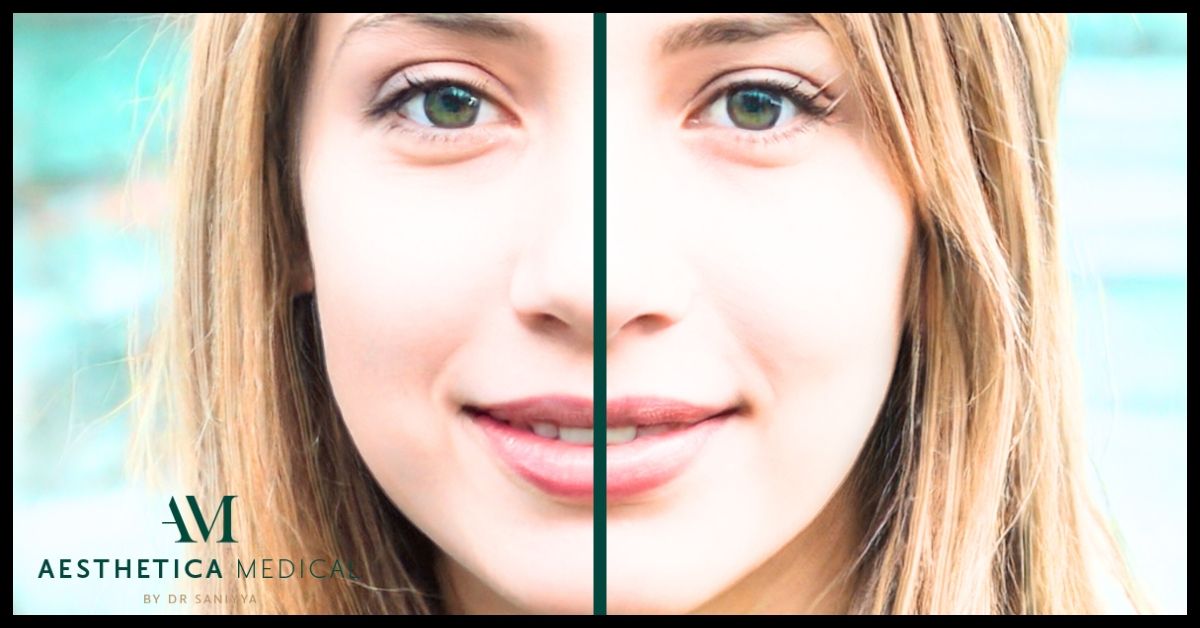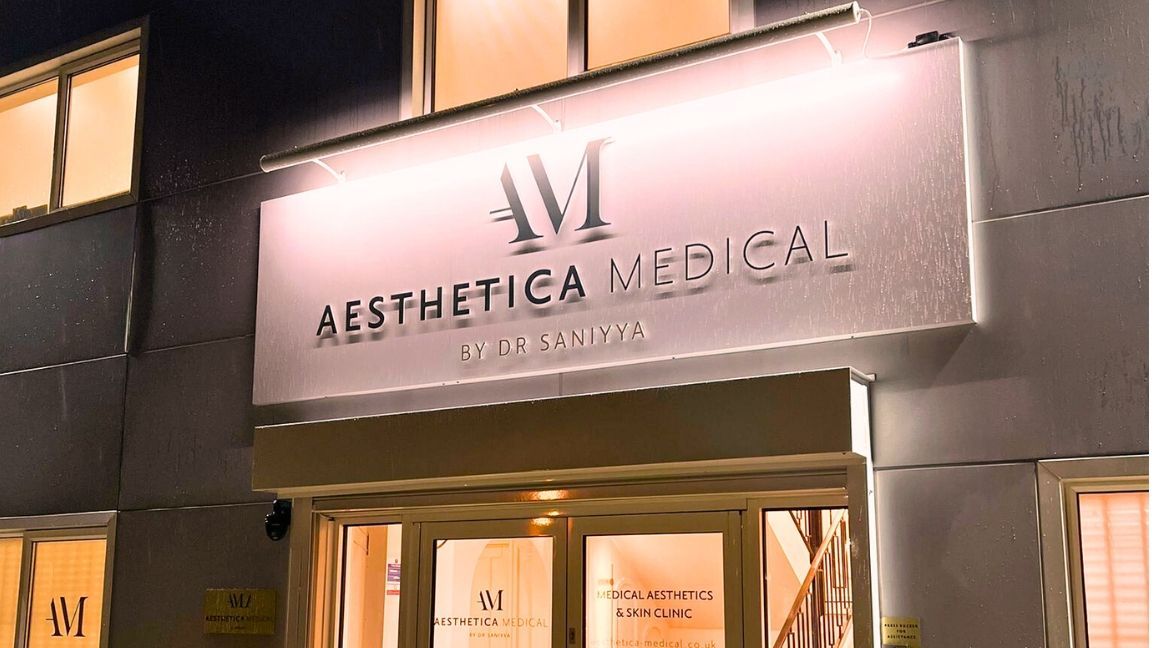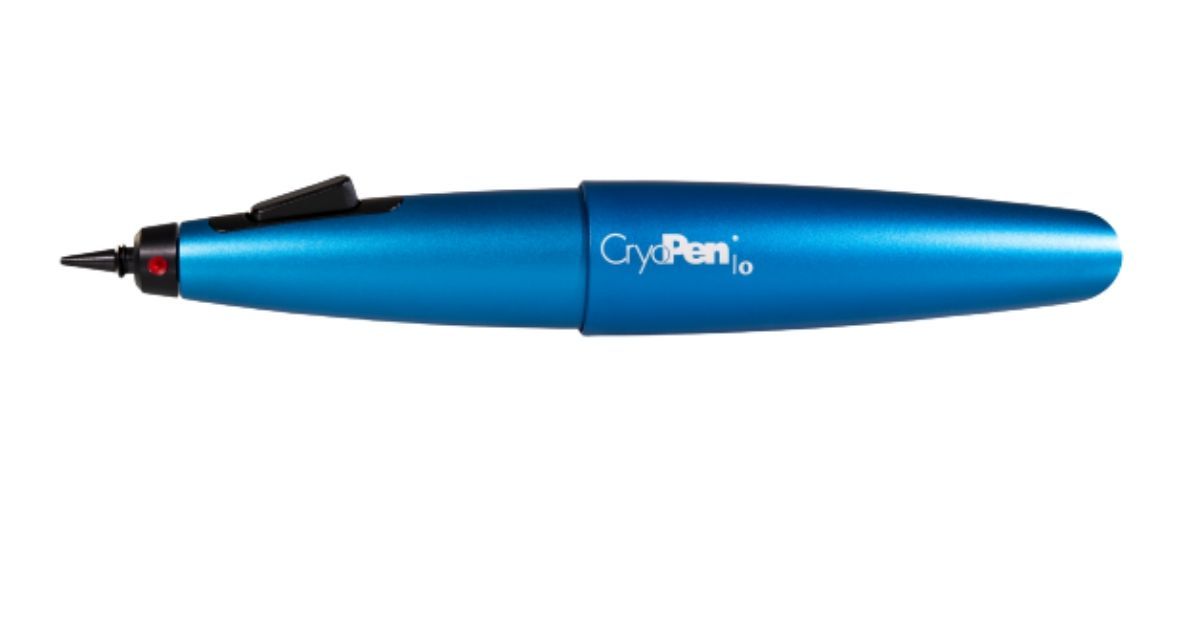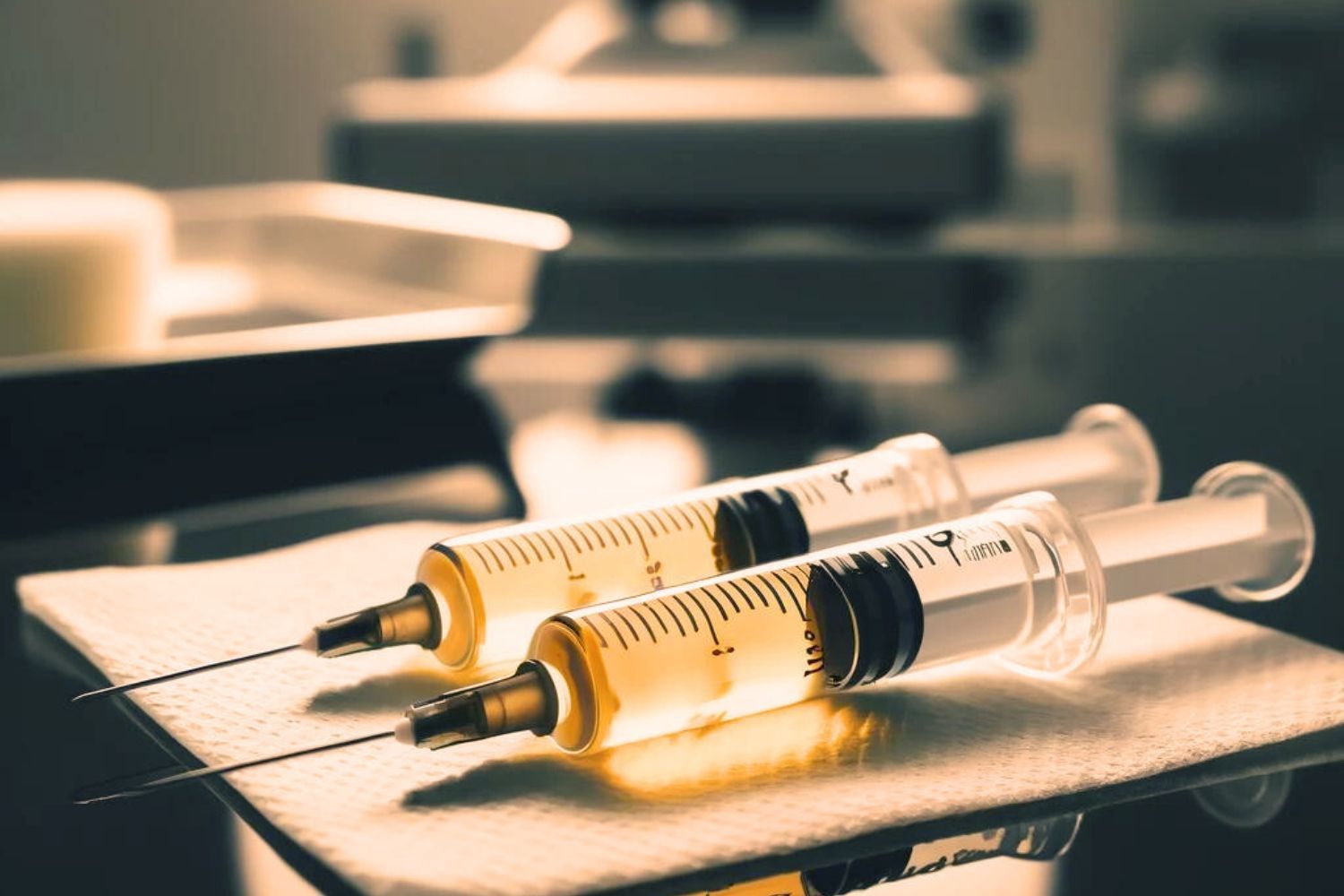Treating blackheads with HydraFacial
Blackheads are a common skin concern that many people in Leeds and around the world face. These tiny, dark spots on the skin, often found on the nose, chin, and forehead, can be frustrating and affect one's self-confidence. Blackheads occur when hair follicles become clogged with oil and dead skin cells, leading to open comedones on the skin's surface. Fortunately, there are various treatments available to address this issue, and one of the most effective and popular options is the
HydraFacial. In this blog, we will explore what blackheads are, what causes them, how they look, and delve into how the HydraFacial can help you achieve clear, radiant skin.
Understanding Blackheads
Blackheads, also known as open comedones, are a type of acne lesion. They appear as small, dark or black spots on the skin's surface and are often mistaken for dirt or trapped debris. However, the dark appearance is not due to dirt but is caused by the oxidation of sebum (skin oil) and dead skin cells when exposed to the air. Blackheads can occur on various parts of the face and sometimes on the back, chest, and shoulders. They are a result of excess sebum production, hormonal fluctuations, and improper skin care practices.
Causes of Blackheads
- Excess Sebum Production: Overactive oil glands can lead to an increased accumulation of sebum on the skin, which can clog hair follicles and result in blackheads.
- Dead Skin Cells: The constant shedding of dead skin cells can mix with sebum, creating a plug within the hair follicles.
- Hormonal Changes: Hormonal fluctuations, especially during puberty, menstruation, or pregnancy, can trigger an increase in sebum production, making individuals more prone to blackheads.
- Cosmetic Products: The use of certain makeup and skincare products that are comedogenic (pore-clogging) can contribute to blackhead formation.
- Diet:
A diet high in sugary or processed foods may exacerbate skin issues, including blackheads.
What do Blackheads Look Like?
Blackheads are characterised by their open pores with a dark or black surface. They are typically small, about the size of a pinhead, and are slightly raised from the skin. Blackheads are non-inflammatory, meaning they do not usually become red or swollen like pimples or cysts. They can occur individually or in clusters, giving the skin an uneven, bumpy texture.
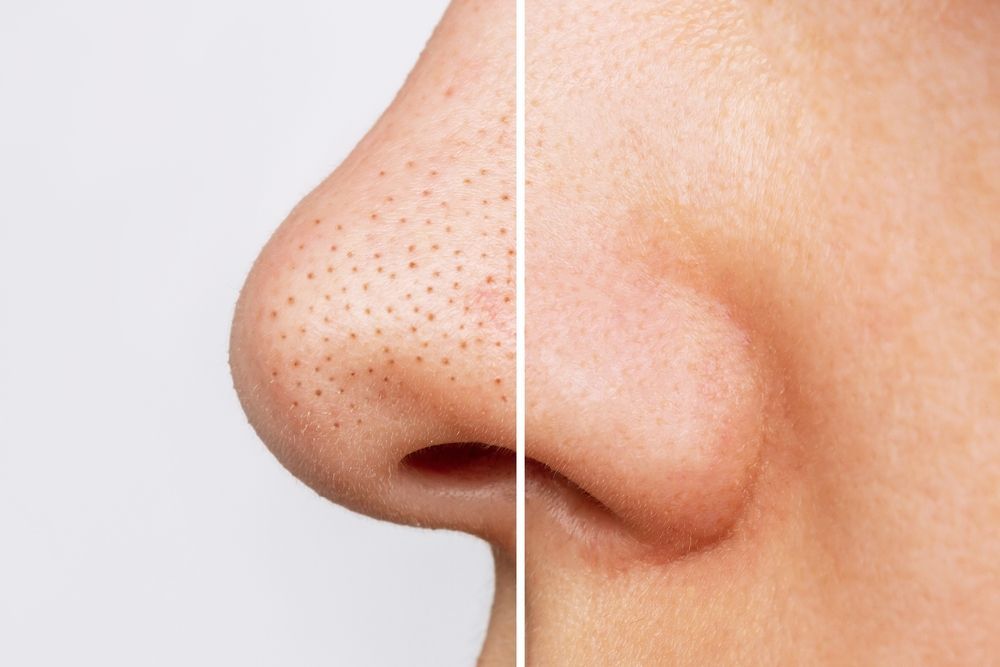
HydraFacial for Blackheads
The HydraFacial is a non-invasive skincare treatment that has gained immense popularity for its ability to effectively address a wide range of skin concerns, including blackheads. Here's how it works:
- Exfoliation: The HydraFacial starts by gently exfoliating the skin's surface, removing dead skin cells and other impurities that can contribute to blackhead formation.
- Extraction: A painless, vacuum-like device is used to extract sebum, debris, and blackheads from the pores. This process helps to clear out existing blackheads.
- Hydration: The treatment replenishes the skin with essential nutrients and hydrates it, promoting a healthy and radiant complexion.
- Serum Infusion: Customised serums are infused into the skin to address specific skin concerns. These serums can contain ingredients like salicylic acid to help prevent future blackheads and maintain clear skin.
Benefits of HydraFacial for Blackheads:
- Non-invasive and virtually painless.
- Provides immediate results, with visibly clearer skin after just one session.
- Improves overall skin texture and tone.
- Helps prevent future blackhead formation.
- Suitable for all skin types, including sensitive skin.
If you're struggling with blackheads and want to achieve smoother, clearer skin, consider the HydraFacial treatment offered at our
Leeds clinic. This innovative skincare solution can effectively address blackheads and various other skin concerns, leaving you with a refreshed and radiant complexion. Say goodbye to blackheads and hello to healthier, glowing skin with the HydraFacial!

